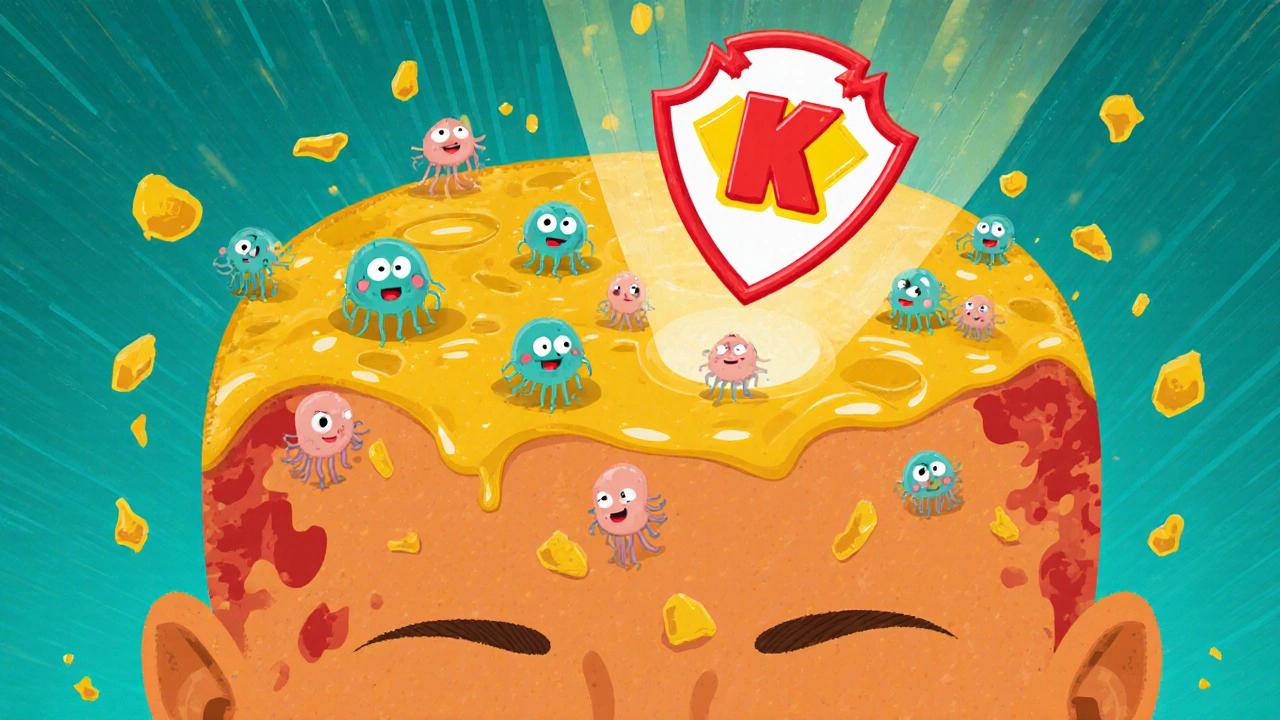Seborrheic Dermatitis: Causes, Triggers, and What Actually Works
When your scalp flakes like snow in winter, or your eyebrows get red and scaly, it’s not just dry skin—it could be seborrheic dermatitis, a common skin condition caused by an overgrowth of yeast on oily areas of the skin. Also known as seborrheic eczema, it’s not contagious, not caused by poor hygiene, and it doesn’t mean your immune system is broken. It just means your skin’s natural balance got thrown off.
This condition loves oily spots: the scalp, nose sides, eyebrows, ears, and chest. It’s not the same as regular dandruff, a mild form of seborrheic dermatitis that only affects the scalp without redness. Dandruff is flaky but doesn’t itch or burn. Seborrheic dermatitis does. It can flare up after stress, cold weather, or even hormonal shifts. Men get it more than women, and it’s common in babies (called cradle cap) and adults over 30. The yeast Malassezia is always on your skin—but when it overgrows, it triggers inflammation. That’s why antifungal shampoos and creams often work better than moisturizers alone.
What makes it worse? Some people don’t realize that certain products—like alcohol-based toners, heavy lotions, or even hair gels—can clog pores and feed the yeast. Even some antifungal treatments, including ketoconazole and ciclopirox, used in medicated shampoos and creams to control yeast overgrowth. need to be used regularly, not just when symptoms appear. It’s not a one-time fix. Think of it like managing high blood pressure—you control it, you don’t cure it. And yes, stress makes it worse. Not because you’re imagining it, but because stress changes your skin’s oil production and weakens its barrier. Sleep, diet, and even how often you wash your face matter more than you think.
What you’ll find in the posts below isn’t just a list of products. It’s real talk about what works and what doesn’t. You’ll see how antifungal shampoos compare to steroid creams, why some people swear by tea tree oil while others get worse, and how certain medications can accidentally trigger flares. There’s no magic bullet, but there are clear patterns. Some people find relief with daily zinc pyrithione shampoo. Others need a short course of low-dose steroid lotion. And a surprising number don’t realize their dandruff shampoo is actually treating seborrheic dermatitis—they just think they’re washing their hair better. This collection cuts through the noise. It’s not about fancy ingredients or expensive brands. It’s about what science and real users have tested—and what actually helps you feel like yourself again.

How to Use Ketoconazole Shampoo for Dandruff and Seborrheic Dermatitis
- by Colin Edward Egan
- on 28 Oct 2025
